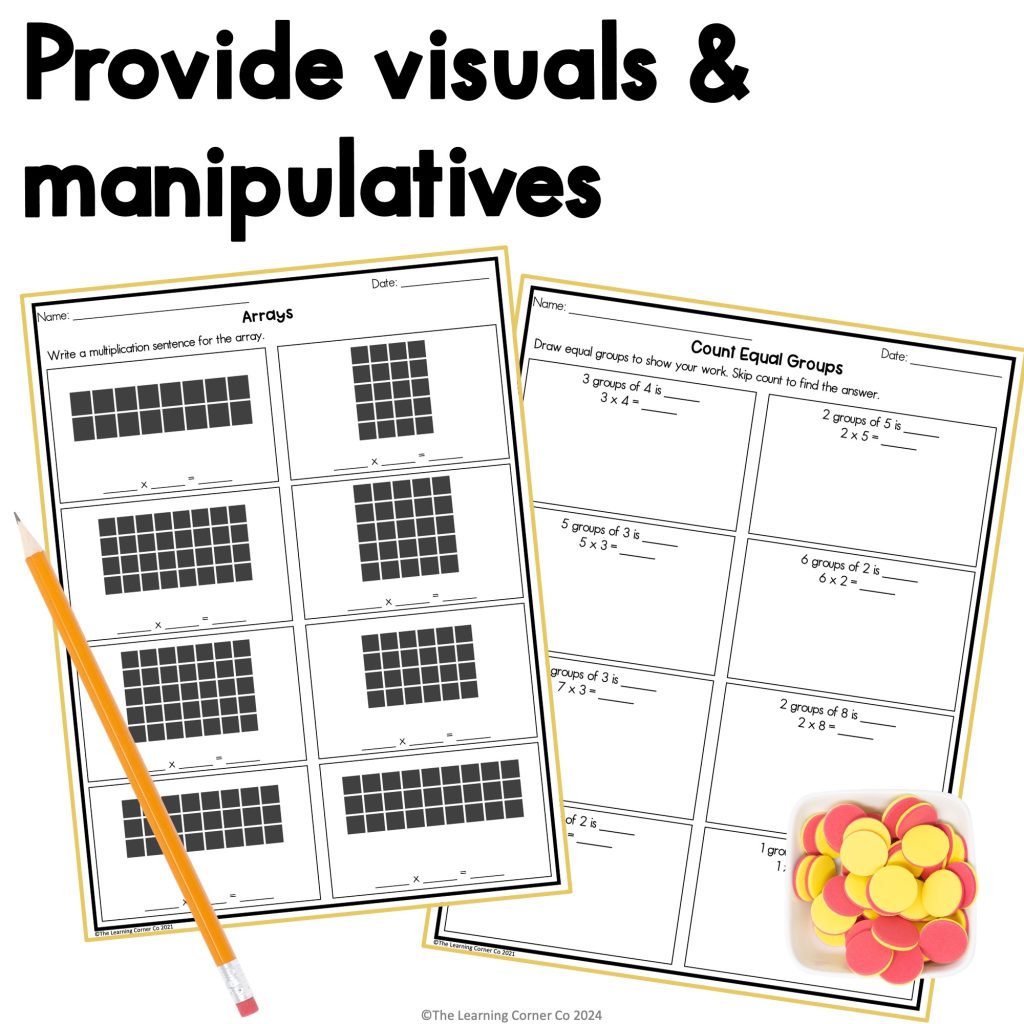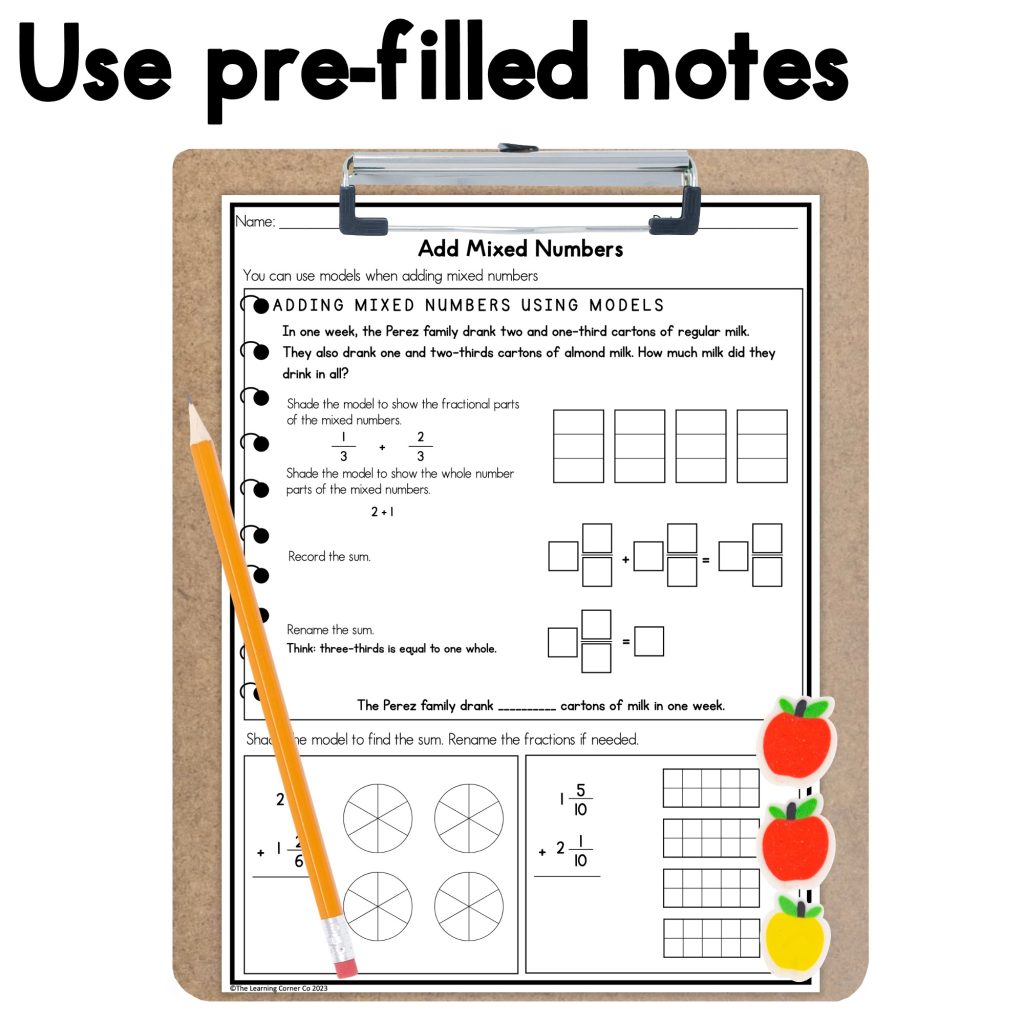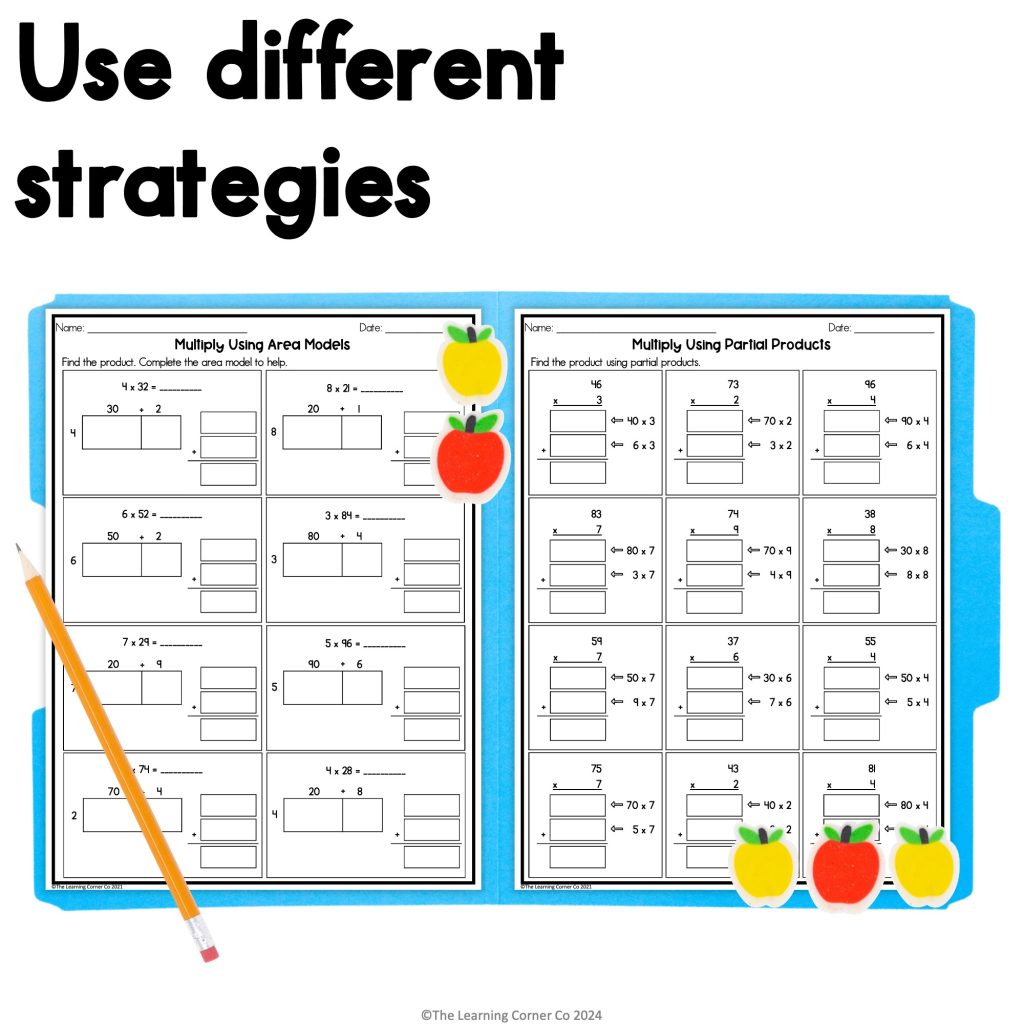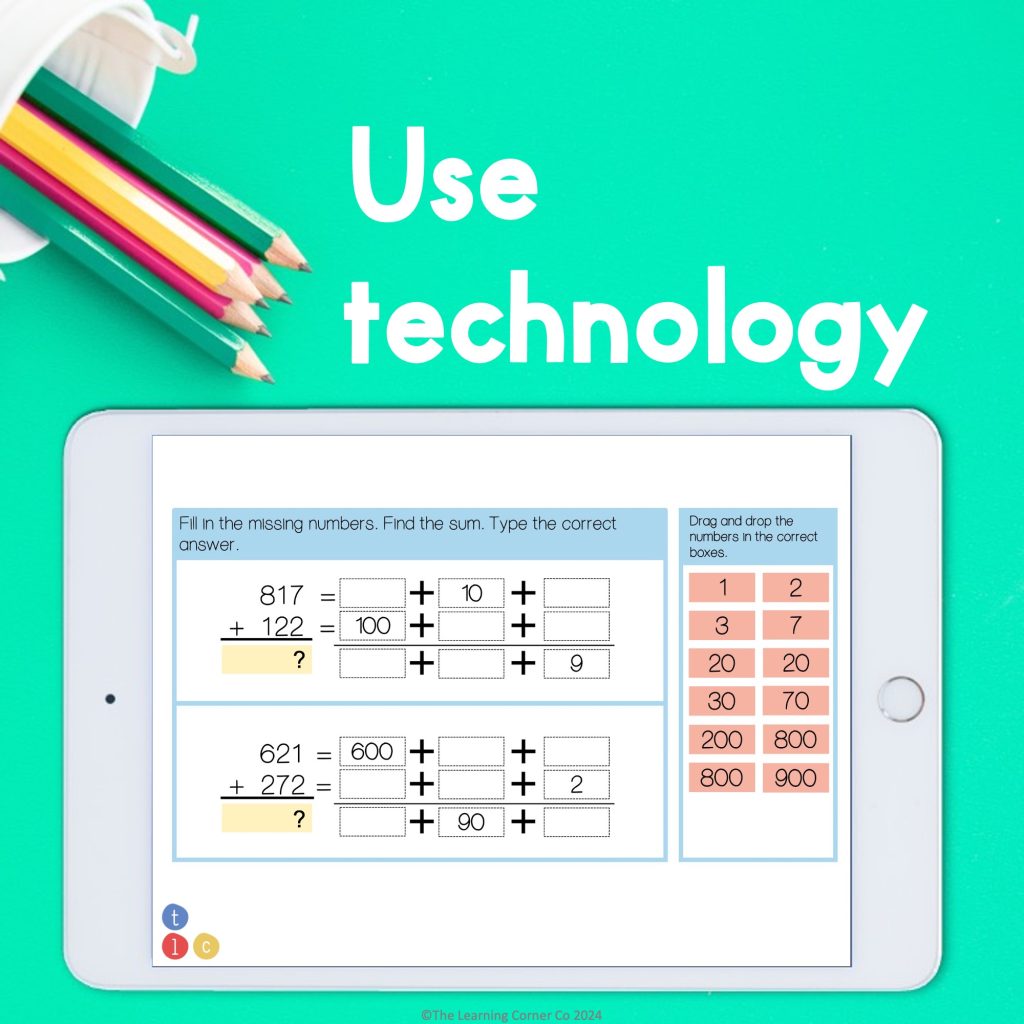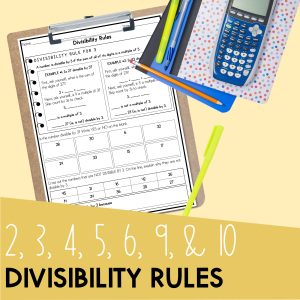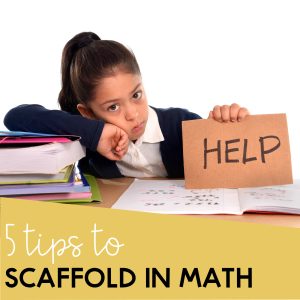Do you need help to reach all of your students? Are you a new teacher looking to improve your practice? You might want to try differentiated math instruction. These examples and strategies might help you out.
What is differentiated math instruction?
Differentiation or differentiated math instruction refers to the instructions, techniques, models, and strategies that you use in the classroom to make math accessible to every one of your students. It is a way for you to reach your students at any level. Differentiation means you get to tailor-fit your lessons to create an optimal learning environment for your students and their needs.
While it looks like you need to do a lot of different things in the classroom, it is meant to lessen your workload in the long run. If executed and planned well into the curriculum, differentiation would greatly help you in the classroom.
Why is differentiation important?
“I’m not a math person.”
“I hate math.”
“When do I use this in real life?”
Have you ever heard of these words in the classroom? Every day, huh? Students are already looking at math negatively and labeling themselves as bad in the subject without even trying. Add to that the memes that they see on social media networks saying how difficult the subject is. That makes math even more unreachable for them even before your lesson starts.
Differentiation will allow you to reach your students from all levels. May it be the struggling students, the average students, or even the high-achieving students. It will help break down the myth that your students are not “math people”. When you differentiate your instruction in the classroom, you support all kinds of learners by targeting their individual needs.
Examples of differentiated instruction
There are several ways to differentiate in the classroom. According to Carol Ann Tomlinson, an author and teacher known to pioneer differentiated instruction, you can differentiate the content, the process, the product, and the learning environment to be effective.
- Content – what the students learn or how the students will access the lesson
- Process – how do students engage and make sense of the lesson
- Product – ways for students to show what they understand and be able to do
- Learning Environment – the physical space; the look and feel of the classroom
The examples below may work best for some classrooms. Be creative. Customize it in a way that will be most effective in your classroom.
Differentiated Content and Process
Example 1: Provide visuals or manipulatives
Visuals and manipulatives give your students a visual and hands-on approach to learning. Not everyone responds to auditory instructions. Some students prefer having a visual reference when thinking. Differentiated instruction means that you have to provide for these types of students at the same time.
You can put up an anchor chart for your students while you are delivering your mini-lesson. After the lesson, you can even provide them with manipulatives that are relevant to the topic of your lesson. Let’s say you are introducing multiplication. Show your students what multiplication is and prepare an anchor chart that your students can refer to after the lesson. During your math centers, provide blocks, marbles, or tiles for your students to use to show their multiplication.
Example 2: Provide graphic organizers
Graphic organizers are visual tools that will help you differentiate. You can provide notes to students who are struggling that are partially filled in. Students can focus on the main points rather than guessing what to write. For your more advanced learners, allow them to make their own and write procedures to guide the rest of the class. Scaffolding your materials in this way allows your students to access the content based on their readiness.
My TPT store has some pre-filled notes and scaffolded activities that will help your students grasp the concepts of multiplication, division, and fractions.
Example 3: Use different strategies
There is no one way to solve a math problem. When differentiating instructions for your students, present several ways to do it.
Let’s say you are teaching them multi-digit multiplication. Show your students how to use area models, partial products, or standard algorithms. There’s no pressure in asking them to use all ways to multiply. Encourage them to be familiar with and master one strategy that they are comfortable with. Once they have mastered one strategy, build up their skills to master another way to solve multiplication.
Example 4: Use technology
There are a lot of math apps that are designed to reinforce student knowledge. Look for apps and online tools to help them understand concepts without timed drills. For digital math practice, you can check out some digital activities on my TPT store.
Differentiated Product and Learning Environment
Example 1: Use math centers
Math centers require a bunch of things for your students to rotate through. It can be watching a video, solving word problems, or using technology.
In the classroom, you can do a 10-minute whole group mini-lesson with my students. After that, move your students into small groups where they spend time working on solving problems, having a seat work, or using hands-on materials to help them understand a topic. You can also spend time with those struggling with the topic.
Your students might need extra help with the topics. Plan. If you are teaching multiplication with multi-digit numbers, you might want to add a math center focusing on just the multiplication facts. Or if you are working on adding and subtracting fractions, your students might benefit from reviewing least common multiples. Group your activities together to help your students based on their strengths and needs.
Example 2: Use choice boards
Giving your students a choice is part of differentiation. It allows your students to show their individuality by allowing them to show what they know using different products.
One way to do this is by using choice boards. Let your students show what they know by making a slide deck about the topic, writing and solving word problems, making models, or even letting them create a game. Of course, this depends on your student’s abilities. Make sure to give them choice boards that are within their reach.
Example 3: Re-organize your classroom
Some students are just better off working alone while some students love being with groups. Your classroom has a lot to do with this. When arranging your classroom, make sure that you have room for both these kinds of students.
Arrange your room so that you have pods where students can work in groups. Find a spot too where your students who thrive working individually can work quietly. This may need a lot of experimenting before you find the right balance in your classroom to cater to your student’s needs.
Example 4: Math journals
There is no better for your students to express themselves than in a math journal. Math journals will encourage even your multilingual learners to write a lot, or a little, in their native language or in English. Give your students prompts if they need to. Encourage them to use illustrations in their journals as well. Writing about math will give them a deeper understanding of the topic. You can ask them to summarize, answer open-ended questions, or look for everyday situations where they use math.
Conclusion
Differentiation does not need to be complicated. The overall goal is to reduce student anxiety in math and encourage them to learn. When you are planning your lessons and activities and looking for differentiated instruction, think of your students who should find the topics relevant to them.


